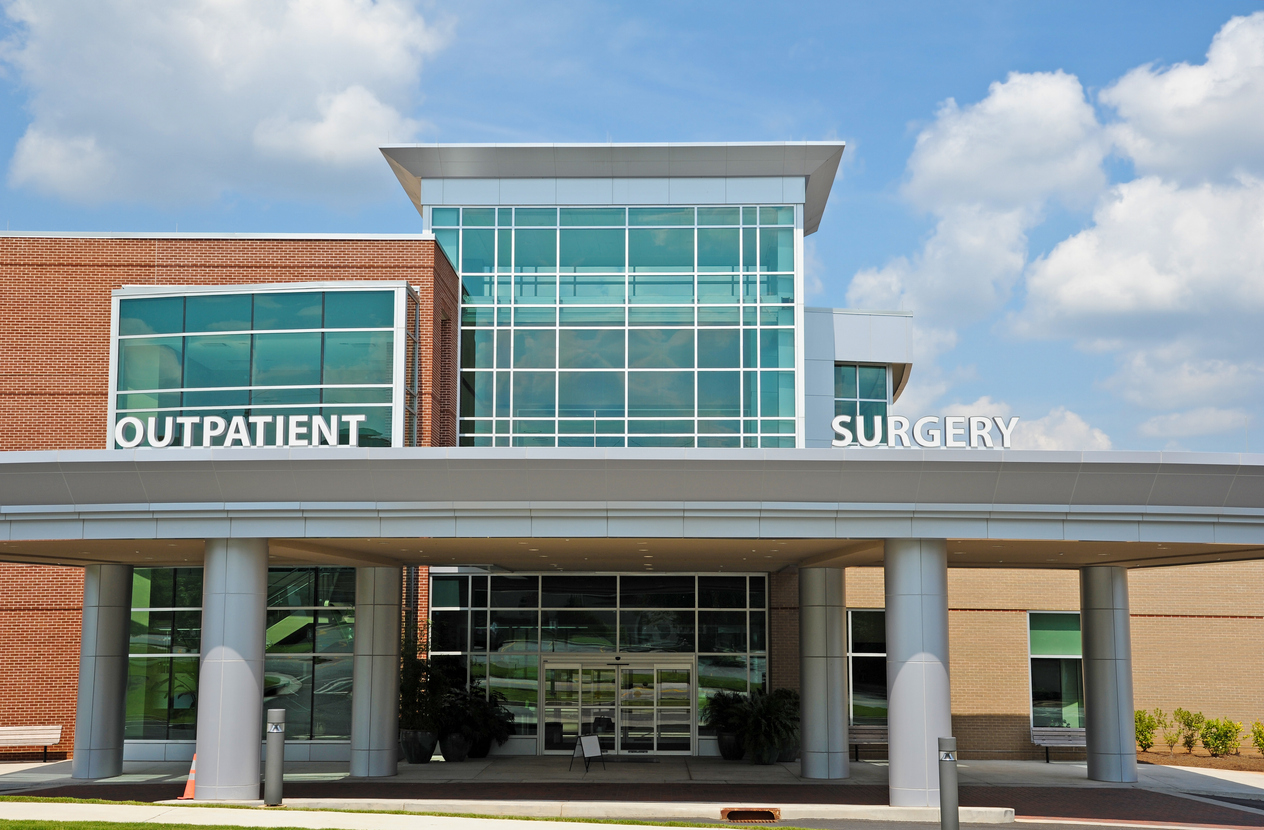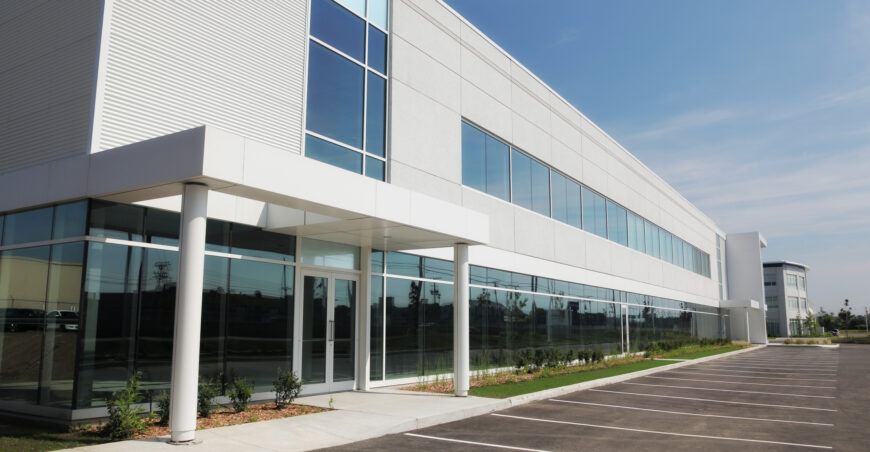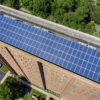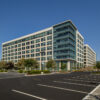In recent years, the healthcare real estate sector has undergone significant transformation and trends, driven by various factors such as changing demographics, technological advancements, and evolving healthcare delivery models. As a result, investors and developers face unique challenges and opportunities in this dynamic market. This article explores the key challenges and opportunities that shape the landscape of healthcare real estate today.
Challenges in Healthcare Real Estate
1. Regulatory Compliance and Changing Policies
One of the most significant challenges in healthcare real estate is navigating the complex regulatory environment. Healthcare facilities are subject to stringent regulations at federal, state, and local levels. Additionally, healthcare policies and reimbursement models are continually changing and upgrading. Investors and developers must stay informed about these changes and adapt their strategies.
2. Rising Construction and Operating Costs
The cost of construction for healthcare facilities is significantly higher compared to other types of commercial real estate. Specialized building requirements, such as infection control measures, advanced HVAC systems, and structural standards, contribute to higher costs. Additionally, the ongoing maintenance and operational expenses, including energy consumption and staffing, can strain the financial performance of healthcare properties.
The inflationary pressures in the construction industry, coupled with supply chain disruptions, have further aggravated cost challenges. Developers must carefully plan and budget for these expenses to ensure the long-term sustainability of their healthcare real estate investments.
3. Location and Accessibility
Selecting the right location for healthcare facilities is crucial, yet it presents its own set of challenges. Proximity to major population centers, accessibility via public transportation, and adequate parking are essential factors that influence patient convenience and satisfaction. However, finding suitable land or existing buildings that meet these criteria can be difficult, particularly in densely populated urban areas where competition for prime real estate is intense.
Moreover, healthcare facilities must be strategically located to attract both patients and healthcare professionals. A location that is too remote may struggle to recruit and retain staff, while a site in a highly competitive market may face challenges in achieving occupancy and profitability.
4. Technological Integration and Infrastructure
The rapid advancement of healthcare technology presents both challenges and opportunities for healthcare real estate. Modern healthcare facilities must be equipped with the latest medical technologies, from advanced imaging systems to telemedicine infrastructure. This requires significant capital investment and continuous upgrades to keep pace with technological innovations.
However, integrating technology into existing buildings can be challenging, particularly in older facilities. Renovating these properties to accommodate new technologies may require extensive renovations, which can disrupt operations and increase costs. Developers and property owners must weigh the benefits of technological integration against the financial and operational challenges it may pose.

Opportunities in Healthcare Real Estate
1. Aging Population and Increased Demand
The aging population is a major driver of demand for healthcare services and facilities. As the older generation ages, the need for medical care, assisted living, and long-term care facilities is expected to rise significantly. This demographic shift presents a substantial opportunity for investors and developers in healthcare real estate.
Facilities that cater to the elderly, such as skilled nursing facilities, memory care centers, and outpatient clinics, are likely to experience increased demand. Developers who can design and build facilities that meet the needs of this growing population will be well-positioned to capitalize on this trend.
2. Growth of Outpatient Care and Ambulatory Services
The healthcare industry is witnessing a shift from inpatient to outpatient care, driven by advances in medical technology, cost-saving measures, and patient preference for more convenient care options. This trend has led to the proliferation of outpatient care centers, ambulatory surgery centers, and urgent care clinics.
Outpatient facilities are typically less expensive to build and operate than traditional hospitals, making them attractive to both investors and healthcare providers. The growth of outpatient care presents an opportunity to develop and invest in healthcare real estate that aligns with this shift, particularly in markets where demand for such services is high.
3. Rise of Telemedicine and Digital Health
The world’s situation in the past few years accelerated the adoption of telemedicine and digital health, fundamentally altering how healthcare is delivered. While this shift initially raised concerns about reduced demand for physical healthcare spaces, it has also created new opportunities for healthcare real estate.
Telemedicine hubs, remote monitoring centers, and data storage facilities are becoming integral components of the healthcare ecosystem. Additionally, healthcare providers are exploring hybrid models that combine in-person visits with virtual care, requiring flexible and adaptable spaces. Investors and developers who can create real estate solutions that support these new models of care will find opportunities in this evolving landscape.
4. Integration of Wellness and Preventive Care
As the focus on preventive care and wellness continues to grow, healthcare facilities are increasingly incorporating these elements into their design and services. Wellness centers, fitness facilities, and holistic health clinics are becoming popular additions to traditional healthcare spaces.
This integration presents an opportunity to develop mixed-use properties that combine healthcare services with wellness and lifestyle amenities. Such developments can attract a broader range of tenants and patients, enhancing the overall value and appeal of the property.
The healthcare real estate sector presents a unique set of challenges and opportunities that require careful consideration and strategic planning. While regulatory compliance, rising costs, and technological integration pose significant hurdles, the aging population, growth of outpatient care, and rise of telemedicine offer promising opportunities for investors and developers. By staying updated to these trends and adapting to the evolving healthcare landscape, stakeholders in healthcare real estate can navigate the challenges and capitalize on the opportunities in this dynamic market.
If you are interested in learning more about the commercial real estate market, feel free to reach out to us at ICRE Investment Team anytime. We’d be happy to help supply you with information on any relevant properties or markets, alongside any connections in lending, investing, brokerage service or consulting that you might need!
















